When it comes to home upgrades, replacing a medicine cabinet might seem like a small task, but it plays a crucial role in the functionality and aesthetic of your bathroom. Whether you're dealing with a worn-out cabinet or upgrading for extra storage and style, properly measuring for a replacement is key to a seamless installation.
- Why Measure for a Medicine Cabinet Replacement?
- Standard Medicine Cabinet Dimensions
- How to Measure for a Medicine Cabinet Replacement
- Tools Needed for Measuring
- Tips and Tricks for Accurate Measurement
- Common Mistakes to Avoid
In this guide, we'll cover why precise measurements are essential, how to take them accurately, and provide tips to avoid common mistakes. By the end, you'll be ready to install your new medicine cabinet with confidence.
Why Measure for a Medicine Cabinet Replacement?

1. Ensures Proper Fit
Accurate measurements are essential to ensure that your new medicine cabinet fits perfectly within your bathroom space. If you purchase a cabinet without considering its dimensions, you might end up with one that is too large or too small, causing unnecessary frustration.
2. Avoids Costly Mistakes
Mismeasuring can lead to costly errors, such as needing to return an incorrectly sized cabinet, making unnecessary modifications to the wall, or even damaging your bathroom fixtures. Precise measurements save both time and money.
3. Allows for Customization
When replacing a medicine cabinet, you may want to customize it to better suit your needs, whether it’s choosing a recessed or surface-mounted design, or picking a model with added features like interior lighting or additional shelves. Having accurate measurements ensures you have flexibility in choosing the best cabinet for your bathroom.
Standard Medicine Cabinet Dimensions

Before measuring, it’s important to know the standard dimensions for medicine cabinets. Most medicine cabinets come in three common sizes:
- Small:16 inches wide x 20 inches high
- Medium:20 inches wide x 24 inches high
- Large:24 inches wide x 30 inches high
These sizes can vary depending on the brand and style, but they offer a good starting point when selecting your replacement cabinet. Keep in mind that custom-sized cabinets are available, allowing you to create a perfect fit.
How to Measure for a Medicine Cabinet Replacement
Follow these steps to ensure you're getting the most accurate measurements for your new medicine cabinet.
Step 1: Measure the Width
- Why it matters:The width is one of the most critical dimensions as it determines how much space your cabinet will take on the wall.
- How to measure:Use a measuring tape to measure the width of the existing cabinet or the space where you want the new cabinet. Ensure the width of the cabinet fits well between any surrounding walls or fixtures.
Step 2: Measure the Height
- Why it matters:The height impacts both the cabinet’s look and its functionality.
- How to measure:Measure the height of your existing cabinet or the available wall space. Consider how high the cabinet will sit in relation to other bathroom elements, such as sinks, mirrors, or light fixtures.
Step 3: Measure the Depth
- Why it matters:The depth determines how much the cabinet will protrude from the wall or fit into the recessed space.
- How to measure:Measure the depth from the back of the cabinet to the front. For recessed cabinets, you will also need to measure the depth of the wall opening.
Step 4: Consider the Door Swing
- Why it matters:The door swing affects how easy it is to open the cabinet and access its contents.
- How to measure:Make sure the cabinet doors can swing open fully without hitting other fixtures, such as light sconces or shelves. Note if the cabinet has double doors or a mirrored door to ensure it suits your needs.
Step 5: Measure the Wall Opening
- Why it matters:For recessed cabinets, it’s essential that the cabinet fits snugly into the wall cavity.
- How to measure:Measure the height, width, and depth of the existing wall opening to ensure your new cabinet fits within these dimensions.
Tools Needed for Measuring
Having the right tools is essential for taking accurate measurements. Here’s a list of what you’ll need:
- Measuring Tape:A good-quality measuring tape is vital for precise measurements.
- Level:Ensure your measurements are straight and even.
- Pencil:Mark points on the wall to help visualize the cabinet placement.
- Stud Finder:Use this to locate wall studs for recessed cabinet installation.
- Drill and Bits:Essential for creating holes in the wall if needed.
- Screwdriver:Necessary for removing and installing screws.
- Safety Goggles:Protect your eyes from dust and debris during the process.
- Step Ladder/Stool:Helps you reach higher spaces easily.
- Masking Tape:Use this to secure the measuring tape or temporarily mark spots.
- Safety Gloves:Protect your hands from sharp edges or rough surfaces.
Tips and Tricks for Accurate Measurement

Use the Right Tools
Investing in high-quality tools will result in more accurate measurements and a smoother installation process.
Measure Twice
Always double-check your measurements. A second pass ensures you haven’t missed anything crucial.
Consider the Style of Your Bathroom
Think about the overall design and style of your bathroom. Choose a cabinet that complements existing fixtures and fits well into the space.
Take Note of Obstacles
Ensure you measure with any potential obstacles in mind, such as light fixtures, towel bars, or door frames, so the cabinet won’t interfere with these elements.
Don't Forget About Storage Needs
While measuring, think about your storage needs. If you require extra shelving or deeper compartments, make sure your cabinet choice accommodates that.
Check Your Measurements Against Cabinet Specifications
Before purchasing a new cabinet, always compare your measurements with the cabinet’s specifications to ensure a perfect fit.
Common Mistakes to Avoid
1. Not Measuring the Depth
Many people forget to measure the depth of the cabinet or wall opening, which can result in the cabinet sticking out too far or not fitting correctly in recessed spaces.
2. Not Considering the Door Swing
Failing to account for the door swing can cause issues with accessibility, especially if there are nearby fixtures or walls.
3. Not Measuring the Wall Opening
If you’re installing a recessed cabinet, failing to measure the wall opening accurately can result in a poor fit or the need for additional wall modifications.
Properly measuring for a medicine cabinet replacement is a straightforward process, but it’s one that requires attention to detail. By taking the time to measure correctly, you’ll ensure a perfect fit, avoid costly mistakes, and have the flexibility to customize your cabinet to meet your bathroom's aesthetic and storage needs.
Ready to replace your medicine cabinet? Browse our top-rated medicine cabinets for more.
By following the steps and tips outlined in this guide, you’ll be on your way to selecting and installing a medicine cabinet that enhances both the functionality and style of your bathroom.
Further Read
- Are bathroom mirror cabinets ruining your style: They offer a practical solution for storage and grooming needs.
- What style of medicine cabinet is timeless: ensures it remains stylish and functional, regardless of changing trends.
- What Are the Benefits of Installing a Medicine Cabinet with an Outlet: Let’s talk about why adding an outlet to your medicine cabinet is a little upgrade that makes your life much easier.


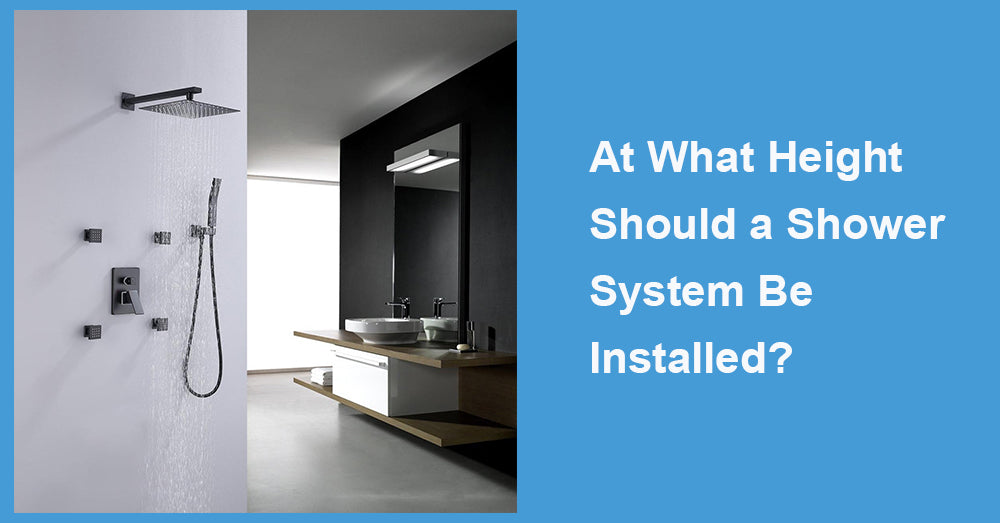
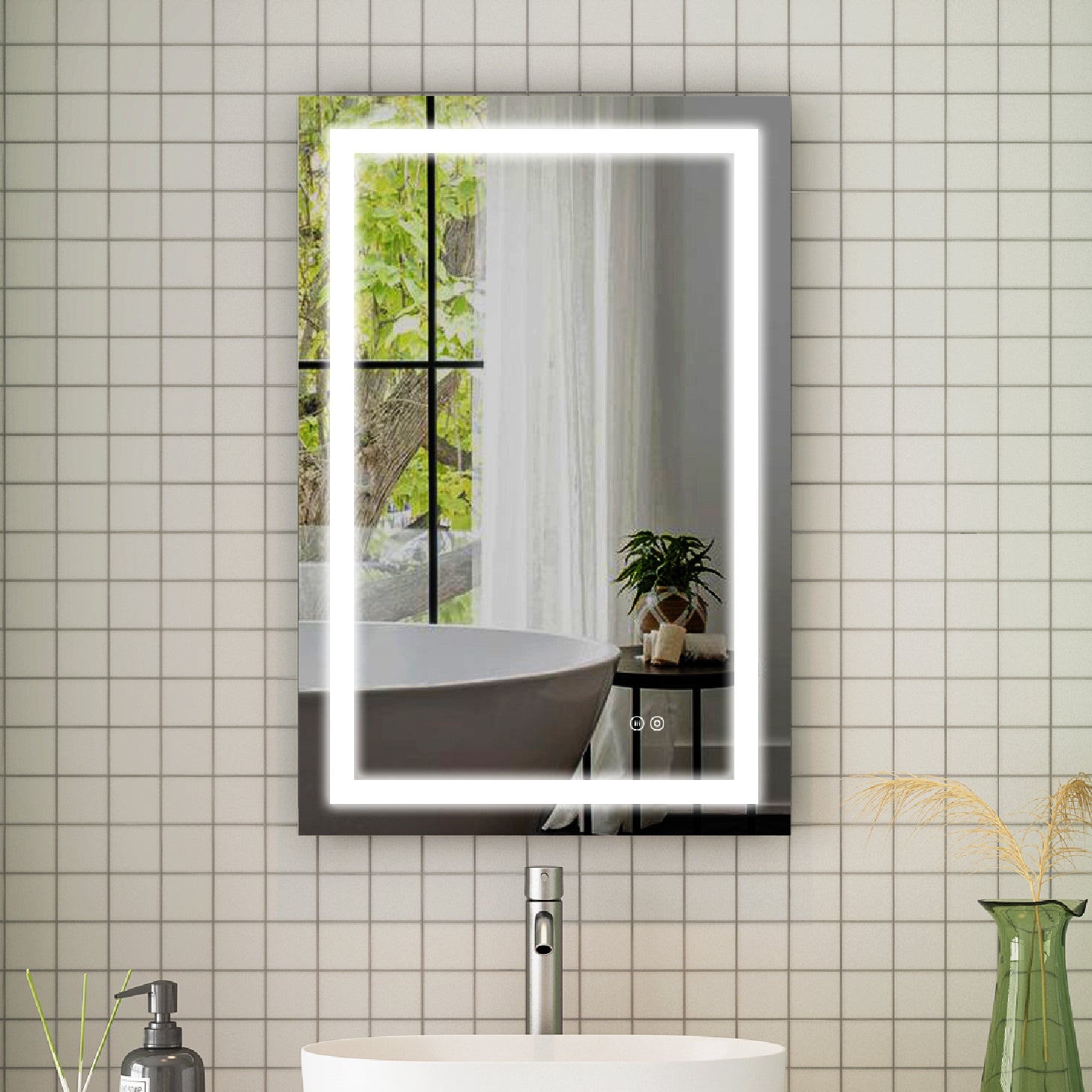

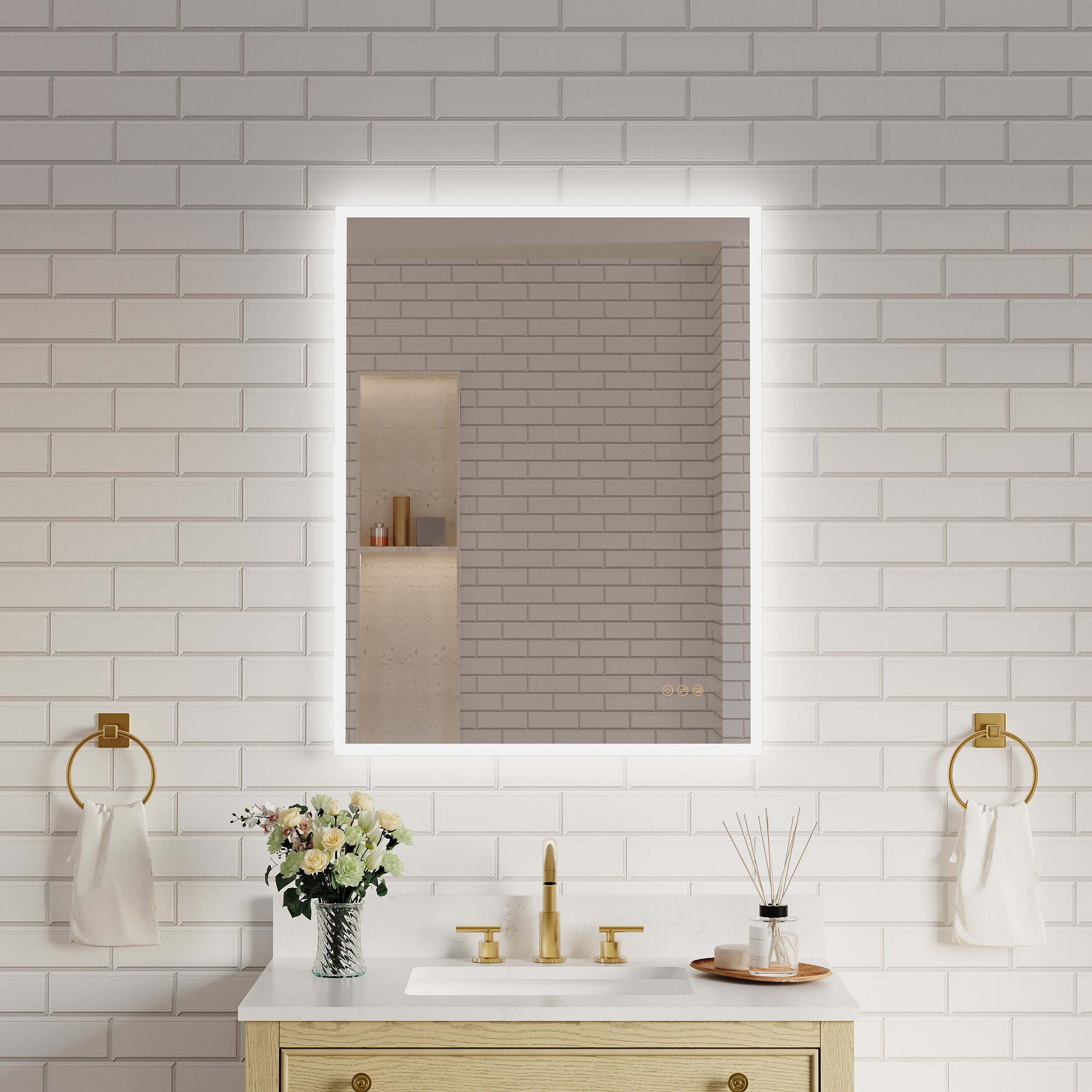


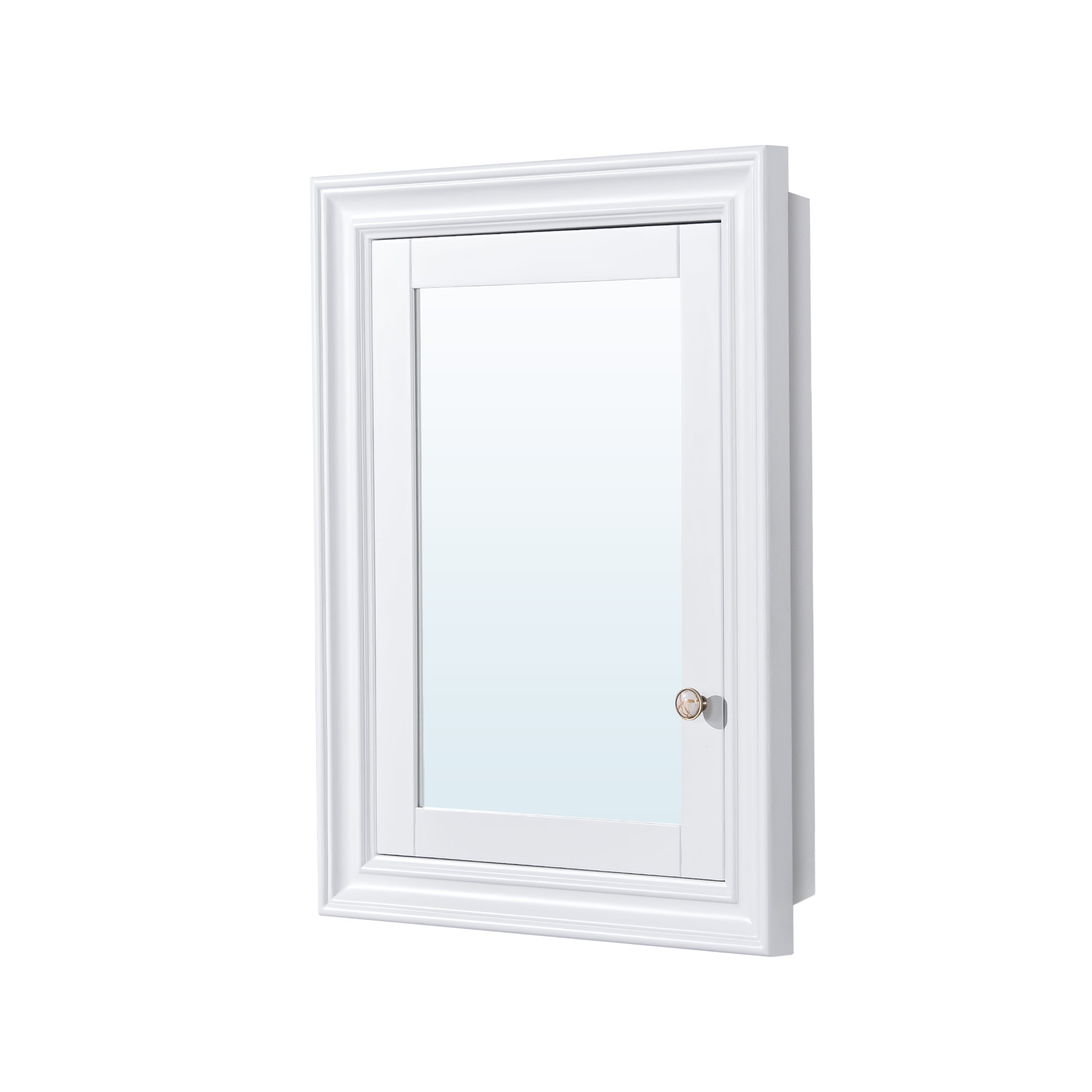
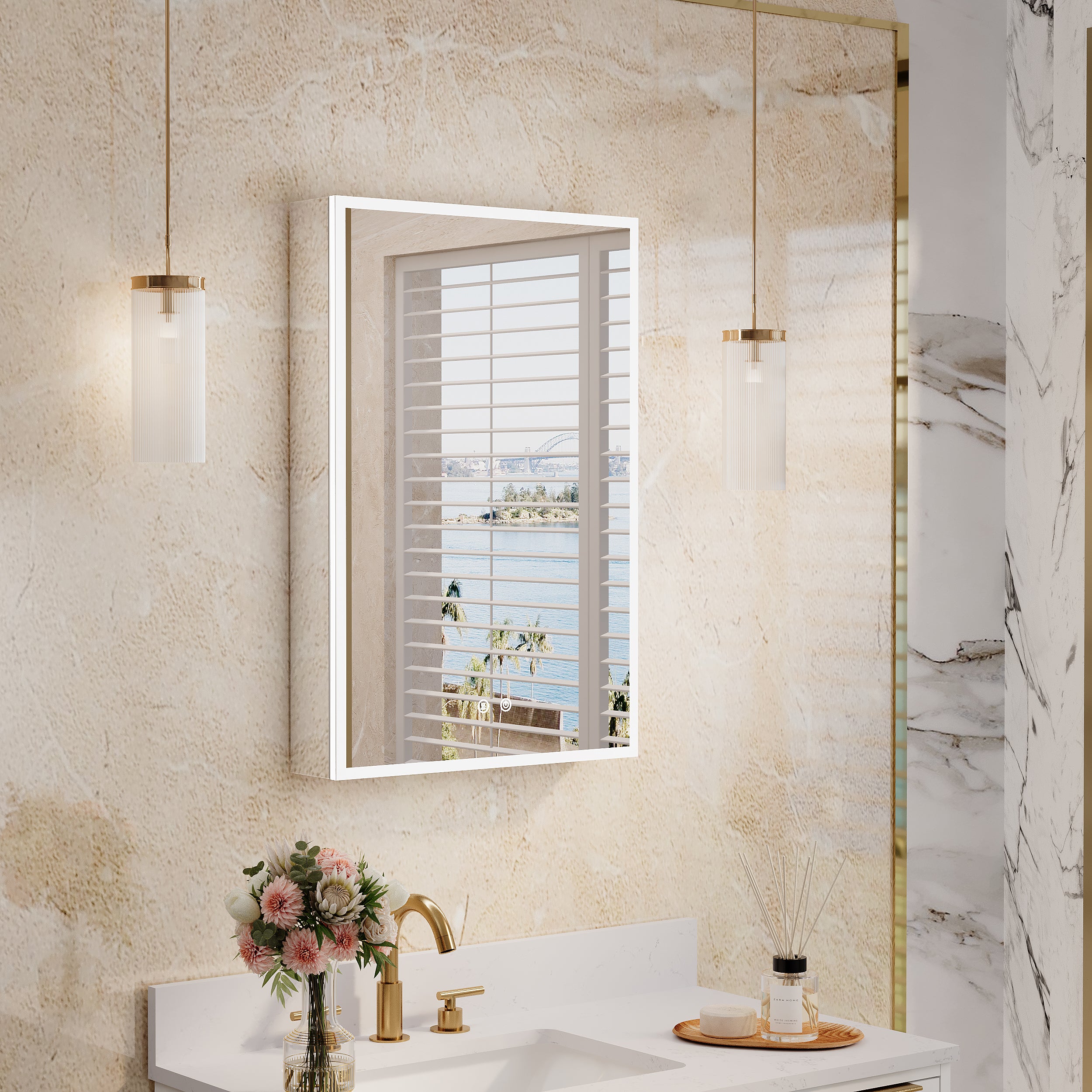
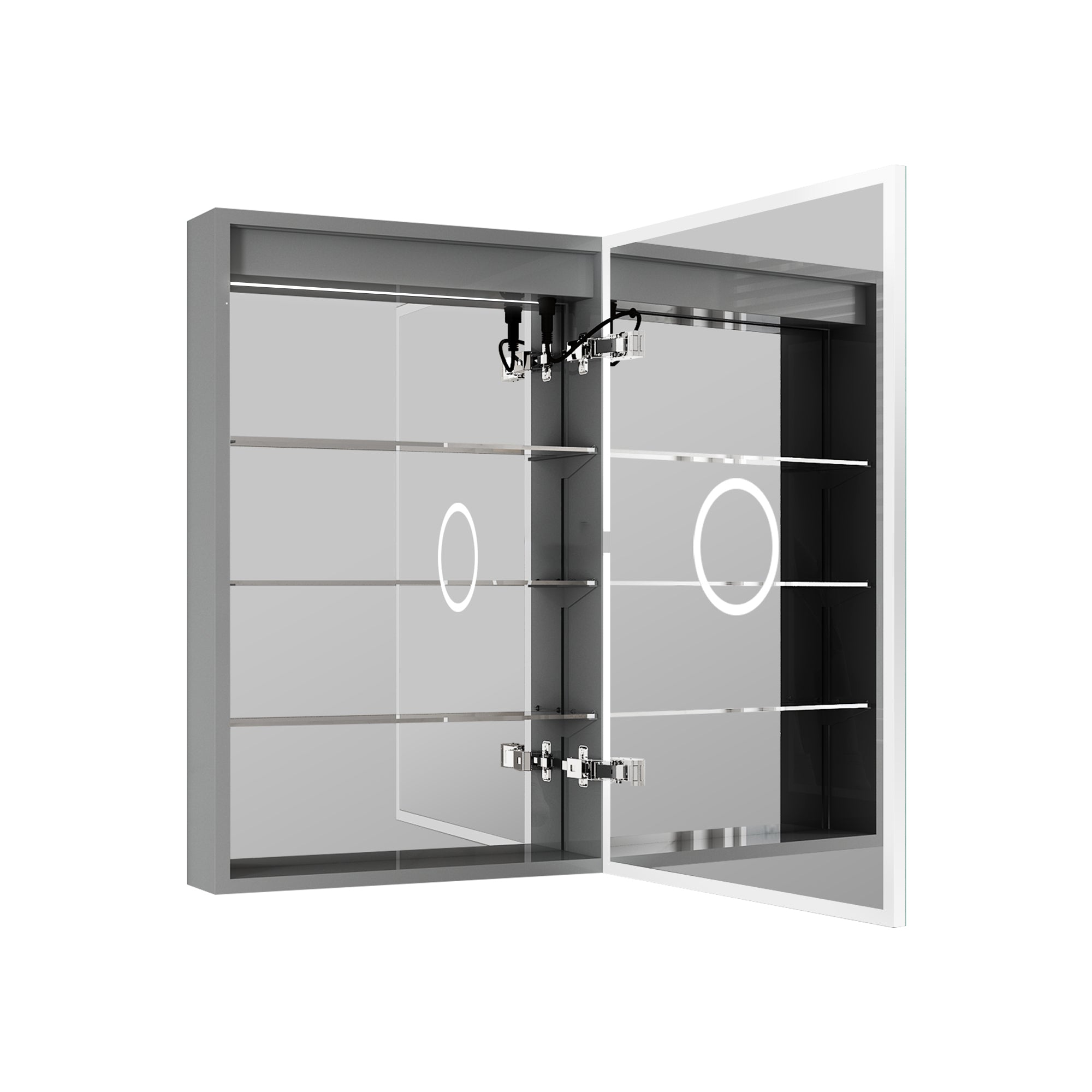
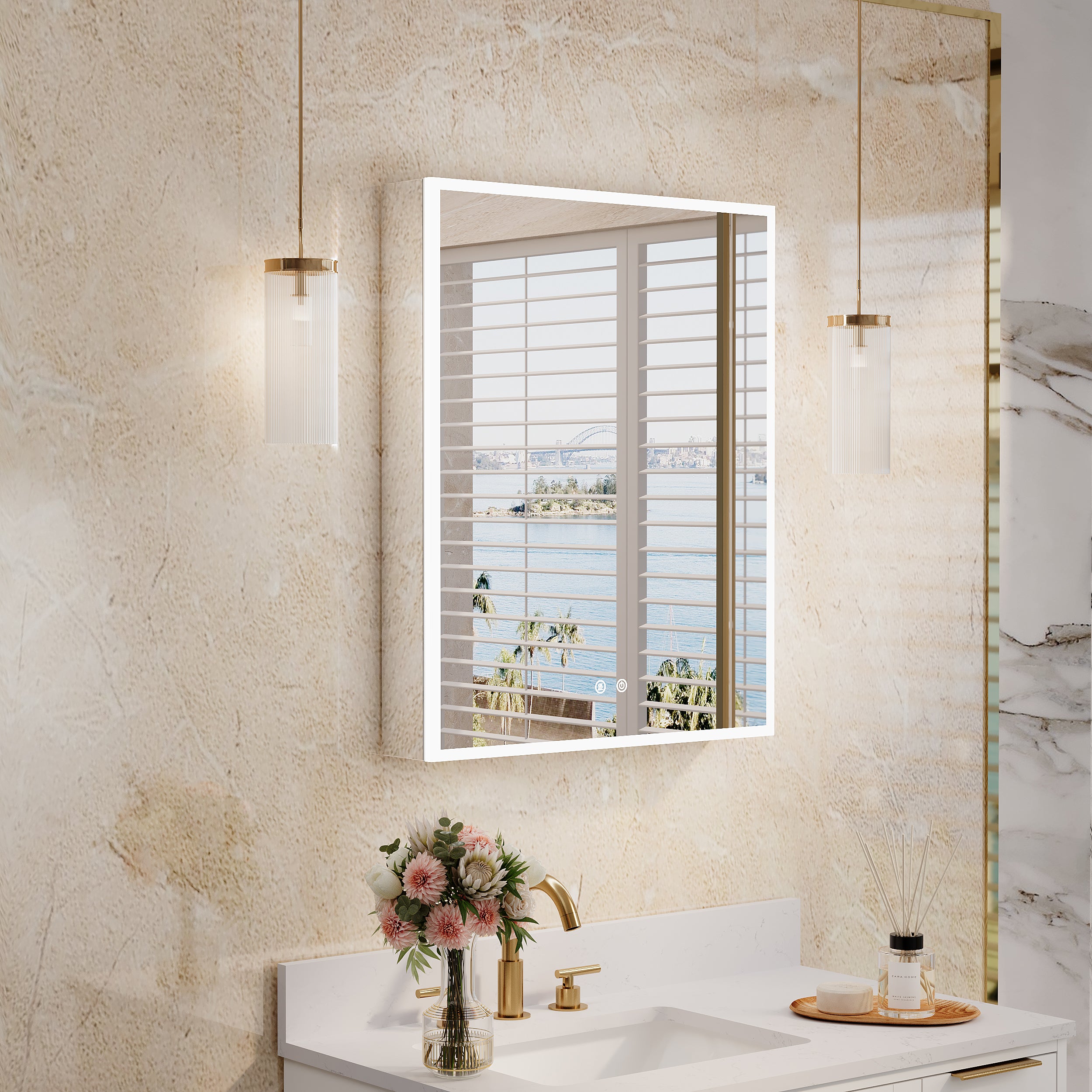
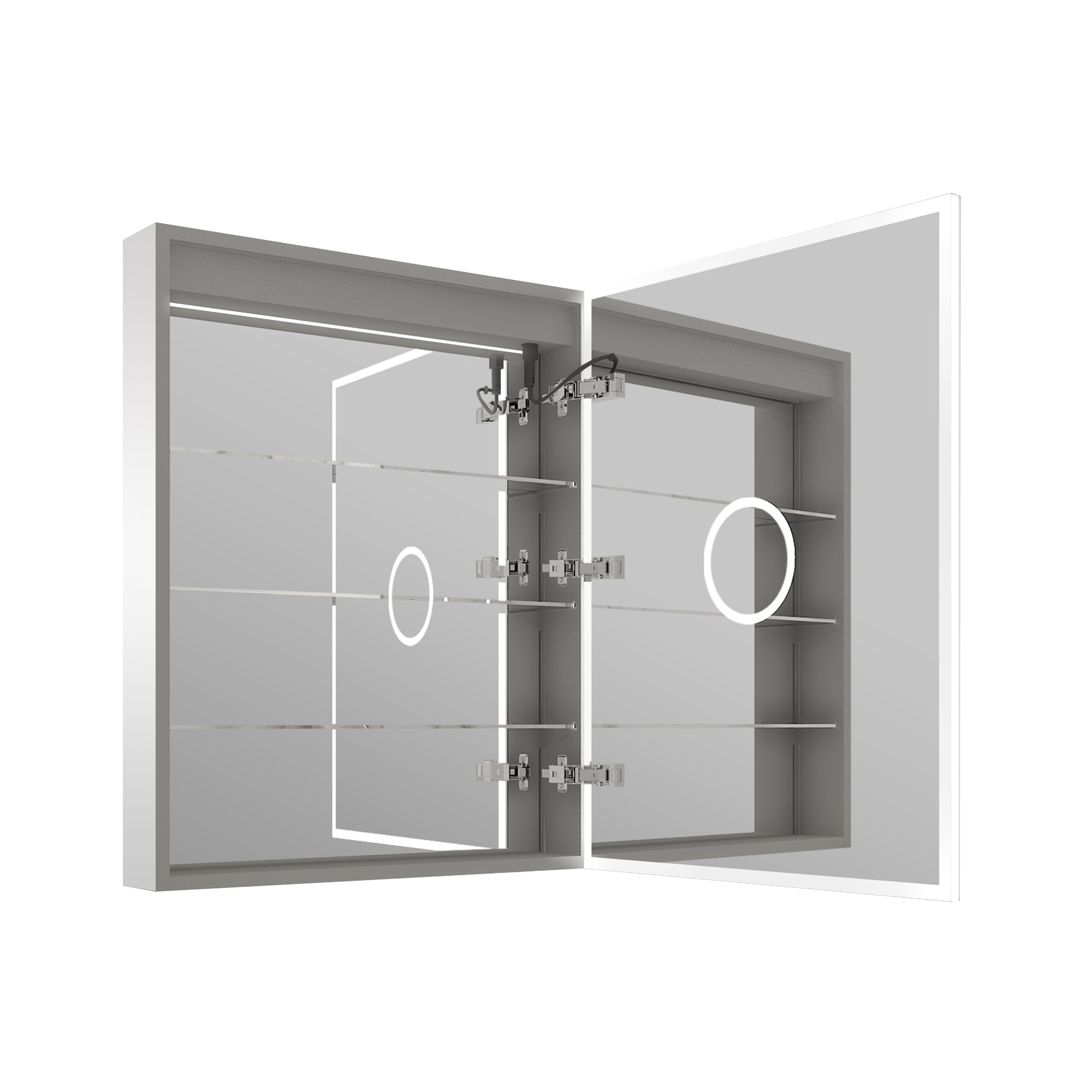
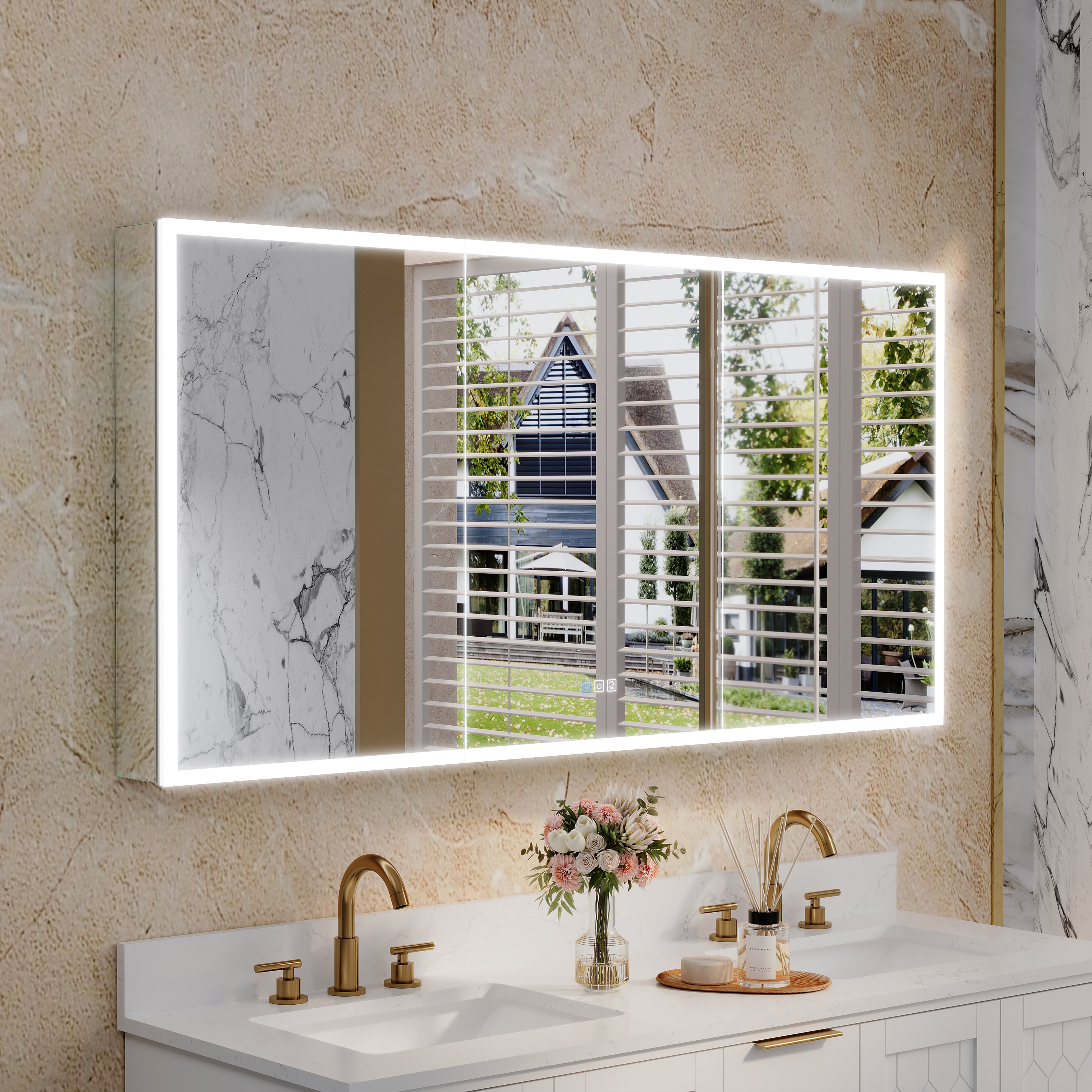
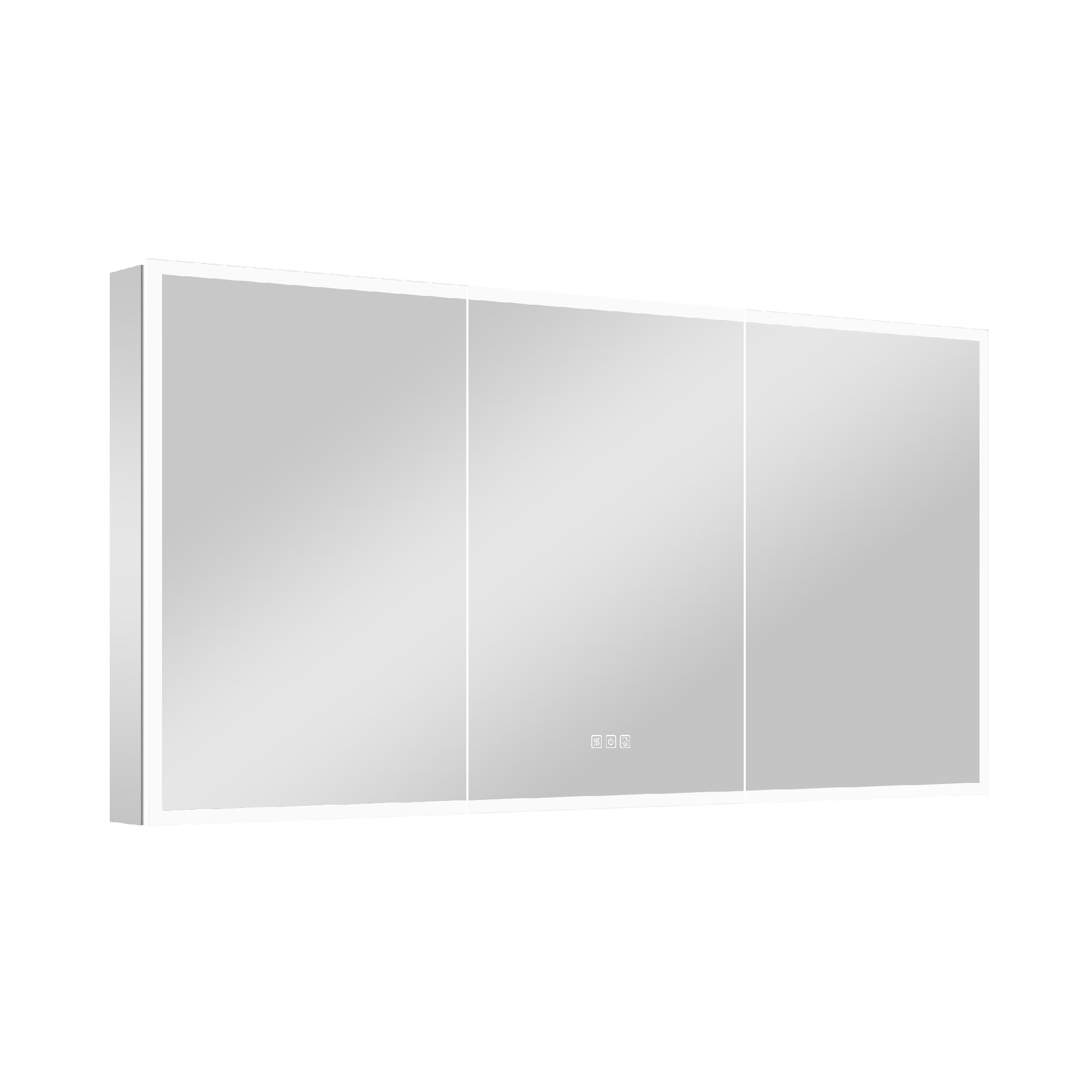
Leave a comment
This site is protected by hCaptcha and the hCaptcha Privacy Policy and Terms of Service apply.